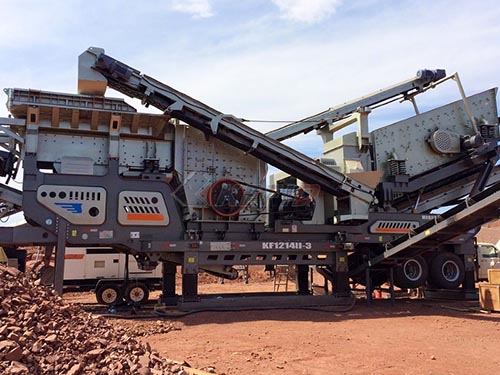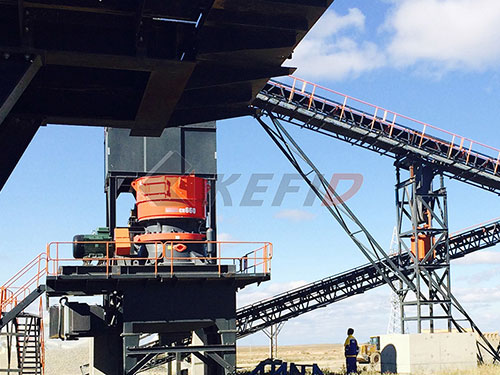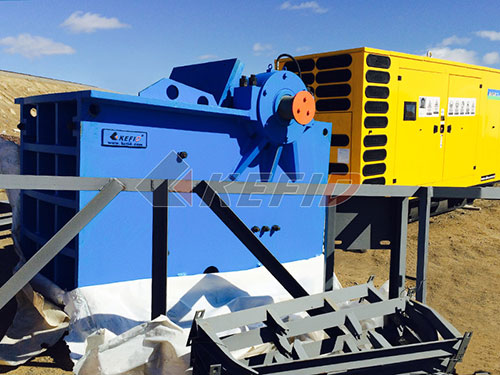The Art and Science of Controlled Demolition: Mastering Bursting and Crushing Operations

Introduction: The Foundation of Deconstruction

The transformation of our built environment – whether constructing new infrastructure, renovating existing structures, or clearing sites for redevelopment – frequently necessitates the controlled removal of substantial masses of rock, concrete, masonry, or other rigid materials. This is where the specialized operations of bursting and crushing become indispensable tools in the modern engineer’s and contractor’s arsenal. Far from being simple brute-force methods, these processes represent sophisticated techniques demanding precise planning, specialized equipment, rigorous safety protocols, and deep technical understanding. Successfully carrying out bursting and crushing operations is fundamental to efficient demolition, excavation, recycling, and site preparation across numerous industries.
Understanding the Core Concepts: Bursting vs. Crushing
While often mentioned together due to their complementary roles in material reduction, bursting and crushing are distinct processes:
1. Bursting (Hydraulic Bursting / Rock Splitting):
Principle: Utilizes controlled hydraulic pressure applied within pre-drilled holes in a material mass (concrete structures, large boulders, bedrock) to induce internal tensile stresses that cause it to fracture along predetermined lines.
Mechanism: Hydraulic bursters consist of a power pack generating high-pressure fluid (typically oil) fed through hoses to cylindrical pistons inserted into holes. As pressure increases (often exceeding 10,000 psi / 700 bar), the piston expands radially with immense force.
Characteristics:
Controlled & Precise: Generates minimal vibration and noise compared to blasting; ideal for confined spaces or near sensitive structures.
Non-Explosive: Eliminates risks associated with explosives; often preferred in urban environments or where permits for explosives are difficult/undesirable.
Requires Pre-Drilling: Holes must be strategically drilled based on material properties and desired fracture pattern.
Effective on Brittle Materials: Best suited for concrete, rock (granite, limestone), masonry blocks. Less effective on ductile materials like steel-reinforced sections without supplementary methods.
Produces Large Fragments: Results in manageable pieces suitable for further handling or primary crushing.
2. Crushing:
Principle: Employs mechanical force applied directly by moving components (jaws, cones, hammers) onto material placed

Leave a Reply